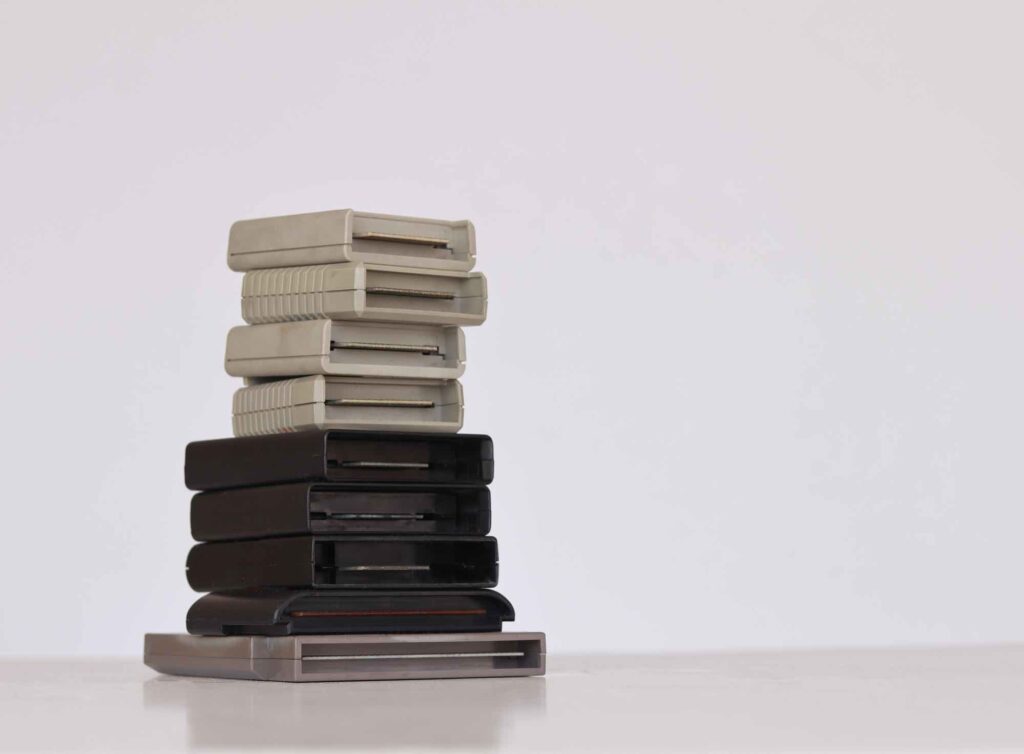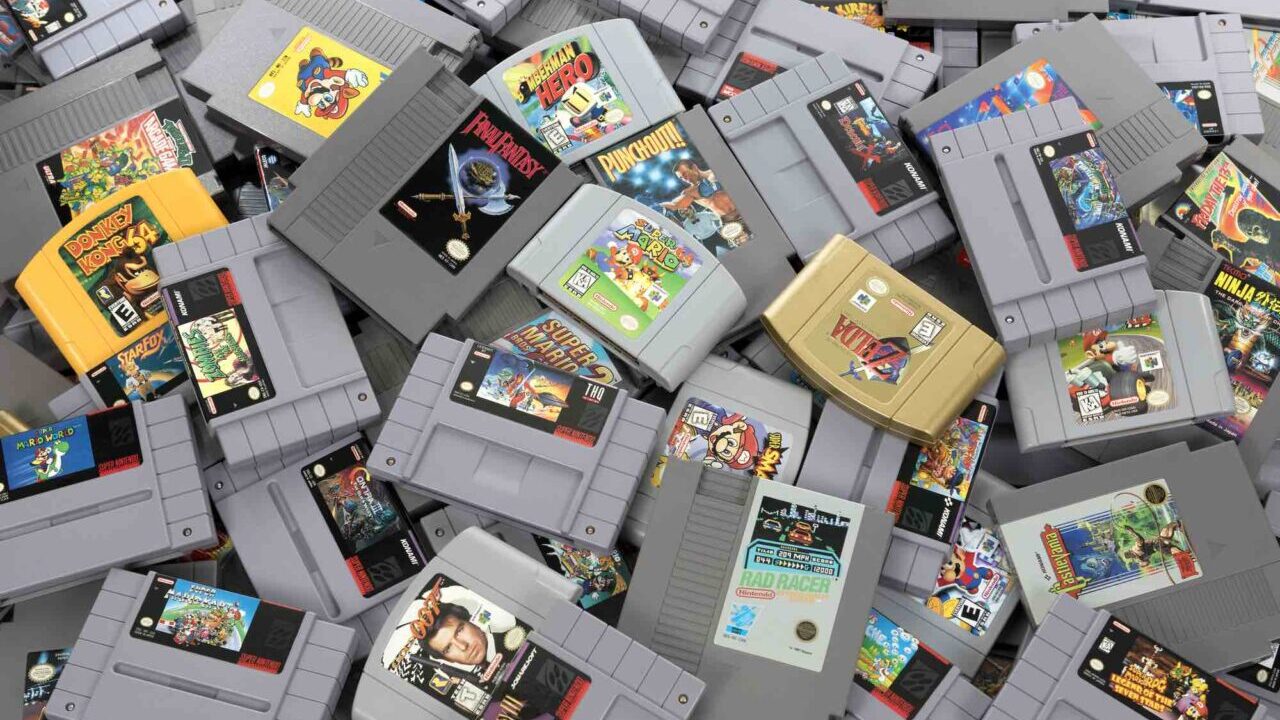An entire generation, the one that grew up in the magical 80s, had only one certainty: blowing into the NES cartridges would magically fix them. A solution as useful as punching a malfunctioning TV or shaking a remote control with dead batteries. Sure, maybe that time it magically worked, or a friend of yours swears it did. And so here you saw a future without stylus batteries. A career as a universal device repairer thanks to your magic breath. Maybe with the Super Mario suit.
In truth, in addition to having the same scientific validity as the three-second rule of dropped food, blowing into NES cartridges was absolutely detrimental to your game (as well as hygienically questionable). The internal circuitry of more than one The Legend of Zelda cartridge has been corroded by the saliva of a child eager to play.
But why did we do it?
In fact, as well as the three-second rule just mentioned, the reasoning behind it also had its own logic: by blowing we eliminate dust from the circuits. All sensible. Except that by blowing, in reality, we are contributing to the oxidation of the circuits with ours droplets (even there wasn’t Covid yet, and we didn’t really use this term).

Then there are those who did it for sport. Kamal Grayfor example, famous as much for being the keyboardist of The Roots as for his status as puff recordman in the cartridge. In 2013 Gray entered the Guinness World Record for consecutively blowing 43 cartridges in under 20 seconds (without passing out from hyperventilation). All live during the Jimmy Fallon Show.
How to fix NES cartridges without blowing into them
There are actually many ways to “clean” a bad cartridge. And none of that includes blowing into it. When the practice became commonplace in the 1980s, Nintendo tried to discourage it, suggesting cleaning the cartridges with a cotton swab dipped in isopropyl alcohol. But what did they know? The engineers certainly could not understand the magical breath.
And then a child doesn’t know how to get this self-styled isopropyl alcohol.
However, we must understand that the games did not always stop working due to dust. Like all cartridge game systems, the NES worked through an electronic contact between the system (the console) and the game database (the cartridge). Failure to exchange information between the two sides caused the game to break.
Specifically, the NES cartridge, once inserted into the console by the large N, communicated with it through a 72-pin connector. You know those little metal bumps? Here, those are called pins. In the case of the 72-pin connector there are, incredible but true, 72. What often happens(goes) is that in repeatedly inserting and removing the cartridge (moreover with all the delicacy that a child of the 80s could have) the pins tended to break. Furthermore, blowing inside certainly did not improve its state of integrity.
The 72 pin connector on the NES… …and the 72 pins inside the cartridge
A cartridge didn’t need all 72 pins bad for it to stop working, so sometimes even badly maintained games could be played. In short, it worked a bit like it does today with faulty smartphone charger cables: in the right position, where all points make contact, it works. If you then move it an inch it’s disaster.
There are tons of tutorials on the net that tell you how to strengthen, replace and clean the 72-pin connector. However, if you don’t believe it, go ahead and use the magic breath.













Leave a Reply
View Comments